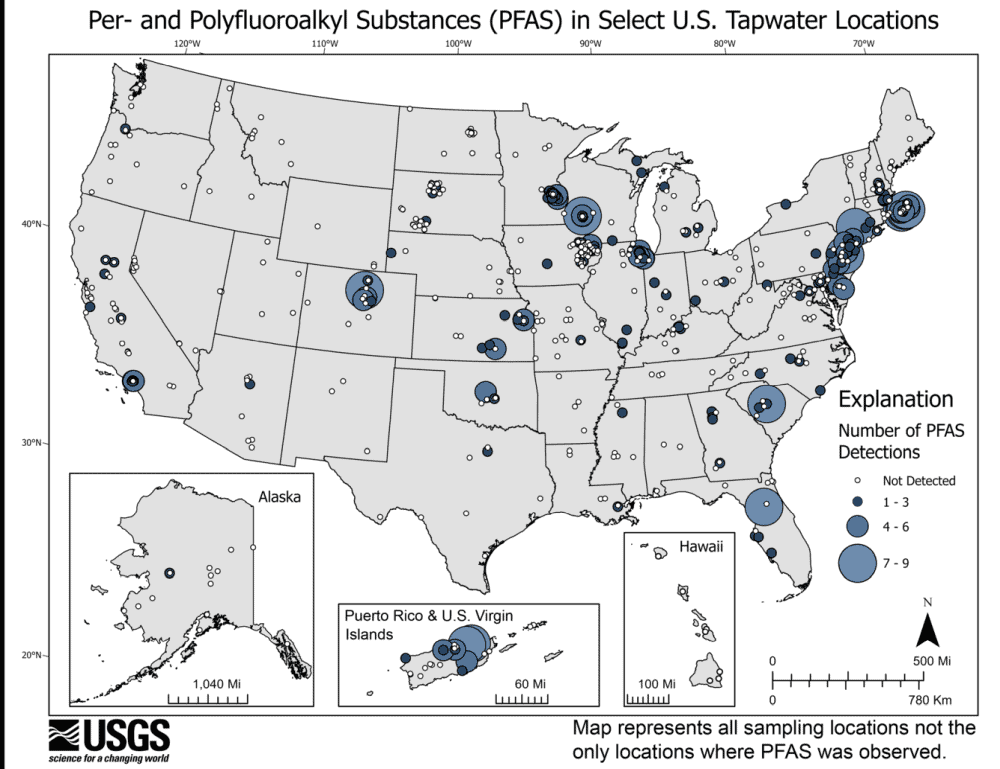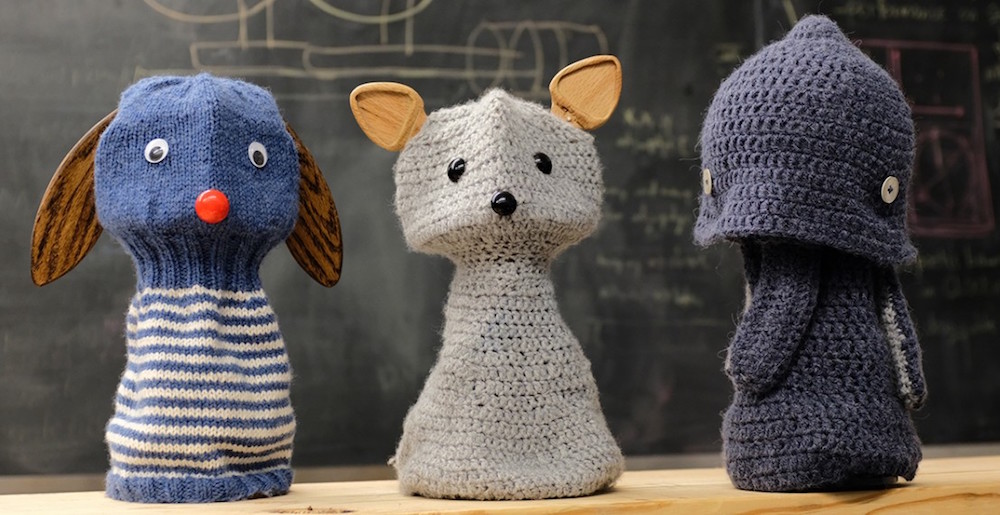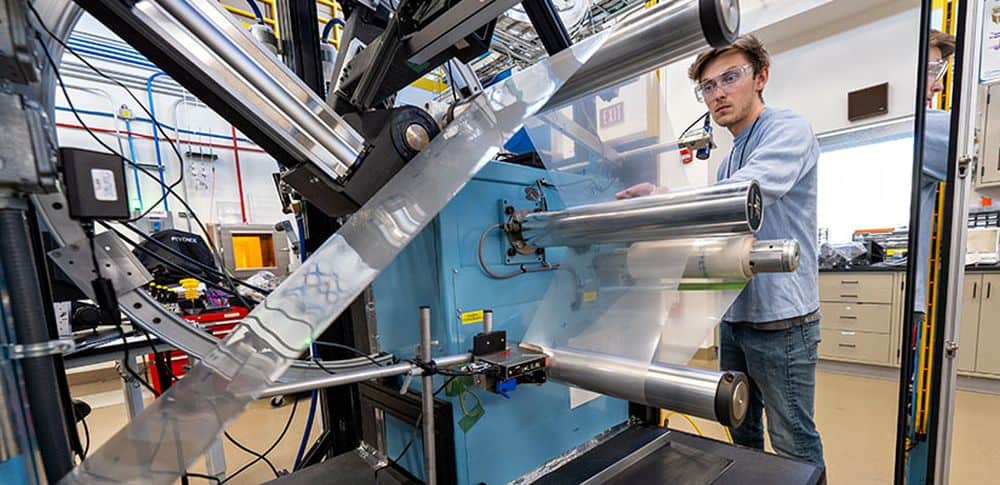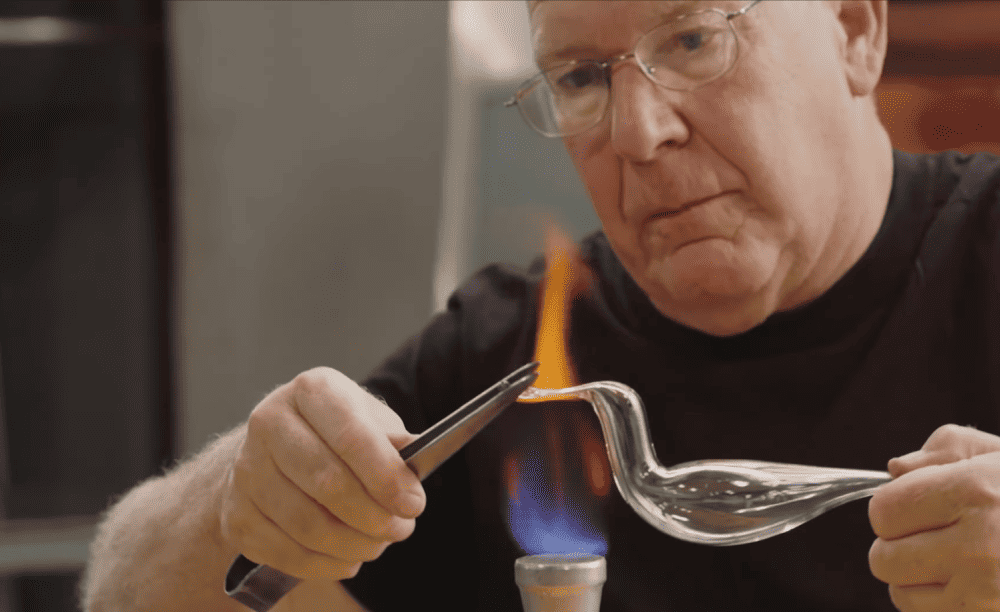On April 10, 2024, the U.S. Environmental Protection Agency issued the first legally enforceable national drinking water standards for several common types of PFAS chemicals. Learn what the new standards mean for U.S. drinking water and how ceramics may play a role in the cleanup efforts.
Read MoreTo celebrate this year’s National Robotics Week, we have curated some of our past CTTs featuring fun innovations in robot technology.
Read MoreThe U.S. Department of Energy’s National Renewable Energy Laboratory (NREL) has led efforts to address challenges to hydrogen technology adoption. On March 25, 2024, NREL announced a new Roll-to-Roll Consortium that will investigate how to enable high-throughput manufacturing of hydrogen fuel cells and water electrolyzers.
Read MoreMass producing long, high-quality semiconductor fibers for use in wearable technology is challenging. Researchers at Nanyang Technological University in Singapore identified the ideal combination of materials and processing parameters to achieve consistent production of ultrathin, ultralong, high-quality semiconductor fibers using the molten-core method.
Read MoreIn honor of Women’s History Month, CTT shines a light on the PBS special “The Sun Queen,” which documents the life and research of Hungarian–American chemical engineer and inventor Mária Telkes, who helped advance the field of solar technology.
Read MoreSince 1989, the Brick Industry Association has sponsored the Brick in Architecture Awards to recognize exceptional uses of clay brick in architecture. The 44 global winners for the 2023 awards include entries spanning the United States, Canada, China, and Mexico, plus the first-ever winner in Russia.
Read MoreRecognizing the impact of ceramic products on society can be difficult due to the ceramic industry’s somewhat hidden nature. But two recent projects are helping bring the history of traditional ceramic industries to light through glass slides and laser-engraved bricks.
Read MoreRome’s significant influence on the craft of glassblowing warrants its close study even today. A new freely available digital resource offered through the Corning Museum of Glass allows anyone to learn about this history from the comfort of their home.
Read MoreThe potential collapse of the Atlantic meridional overturning circulation (AMOC) current system would have far-reaching impacts on global climate. Several recent studies suggest that a collapse might occur sooner than previously theorized.
Read More








